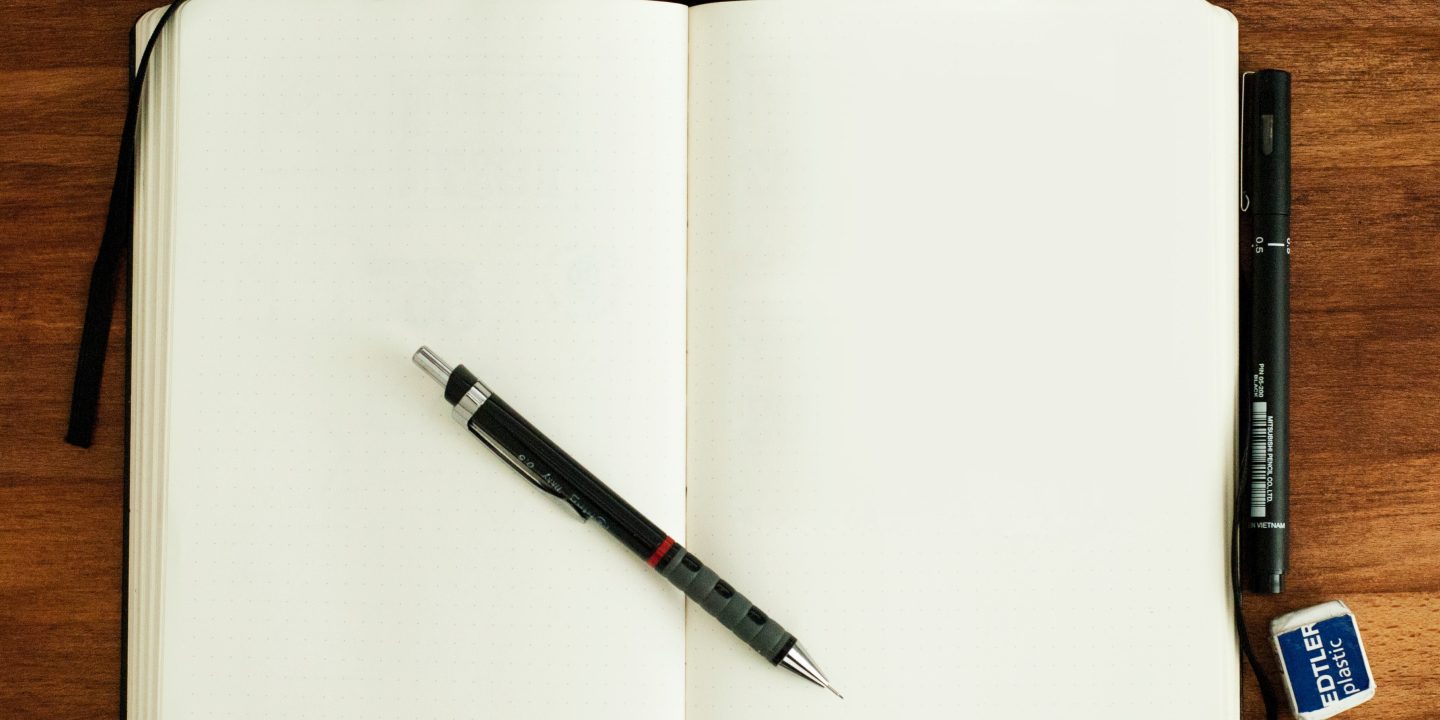The production of refillable pens, also known as fountain pens, involves several steps including creating the pen body, assembling the internal components, and filling the pen with ink.
Creating the pen body: The first step in the production process is to create the pen body. This can be done using a variety of materials such as plastic, metal, or wood. The pen body is typically created by injection molding, where plastic or other materials are heated and then injected into a mold in the shape of a pen.
Assembling the internal components: Once the pen body is complete, the internal components are assembled. These include the nib, the feeder, and the ink sac. The nib is the part of the pen that touches the paper and creates the writing line. The feeder is a small piece of plastic or metal that regulates the flow of ink to the nib. The ink sac is a small rubber sac that holds the ink.
Filling the pen with ink: After the internal components are assembled, the pen is filled with ink. This is typically done by squeezing the ink sac to draw ink into the pen, and then the pen is assembled.
Quality control: After the pen is assembled, it goes through a quality control process, where it is checked for any defects or issues such as leaks, proper ink flow, and overall functionality.
Packaging and shipping: Once the pen has passed the quality control process, it is packaged and shipped to retailers or customers.
In conclusion, the production of refillable pens, also known as fountain pens, involves several steps including creating the pen body, assembling the internal components, filling the pen with ink, quality control, and packaging and shipping. The process is relatively simple, but it requires attention to detail and a skilled workforce to ensure that the final product is of high quality and functions properly. With a quality fountain pen, the writer can enjoy a smooth and comfortable writing experience, without the need to frequently replace the pen with a new one.
İmage Source:Unsplash
